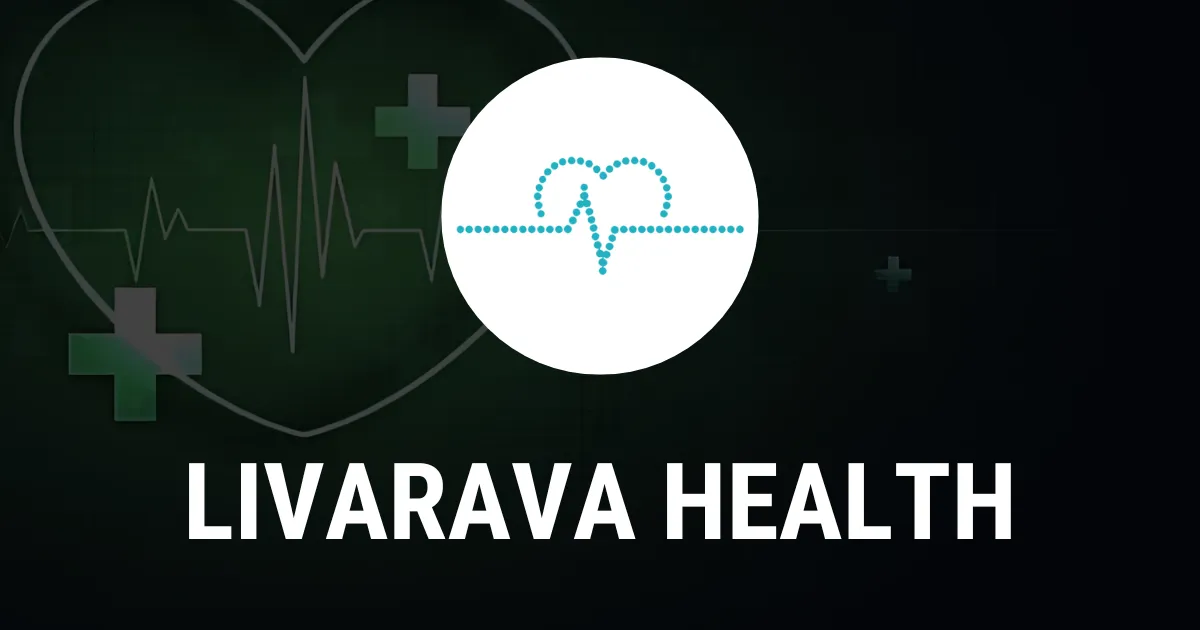How Continuous Glucose Monitoring (CGM) Impacts Hospitalization in Type 2 Diabetes Management

Continuous glucose monitoring (CGM) is revolutionizing the management of type 2 diabetes. Recent clinical studies have demonstrated that CGM technology reduces hospitalization, even among patients who are not treated with insulin. This innovative approach enhances glycemic control and decreases incidences of hypoglycemia.
Understanding CGM in Diabetes Management
CGM devices provide real-time insights into blood glucose levels, allowing patients to make informed decisions about their health. This innovative technology is especially critical for individuals with diabetes mellitus type 2 (T2DM), as it aids in preventing potential complications.
Benefits of Continuous Glucose Monitoring
- Improved Glycemic Control: Patients using CGM show better blood sugar management.
- Reduction in Hypoglycemia Incidents: Real-time alerts help prevent dangerously low blood sugar levels.
- Decreased Healthcare Resource Utilization: Fewer hospitalizations translate to lower healthcare costs.
Clinical Studies Supporting CGM
Clinical research conducted in Washington DC and Colorado highlights the effectiveness of CGM in managing type 2 diabetes. These studies reveal a consistent reduction in the need for hospitalization among T2D patients who utilize glucose monitoring technology.
Conclusion on the Impact of CGM in Diabetes
In conclusion, continuous glucose monitoring offers substantial advantages for individuals managing T2D, providing critical support for achieving better health outcomes. As the adoption of CGM devices increases, the potential to improve patient lives and reduce healthcare costs becomes more apparent.
Disclaimer: The information provided on this site is for informational purposes only and is not intended as medical advice. We are not responsible for any actions taken based on the content of this site. Always consult a qualified healthcare provider for medical advice, diagnosis, and treatment. We source our news from reputable sources and provide links to the original articles. We do not endorse or assume responsibility for the accuracy of the information contained in external sources.
This article was prepared using information from open sources in accordance with the principles of Ethical Policy. The editorial team is not responsible for absolute accuracy, as it relies on data from the sources referenced.